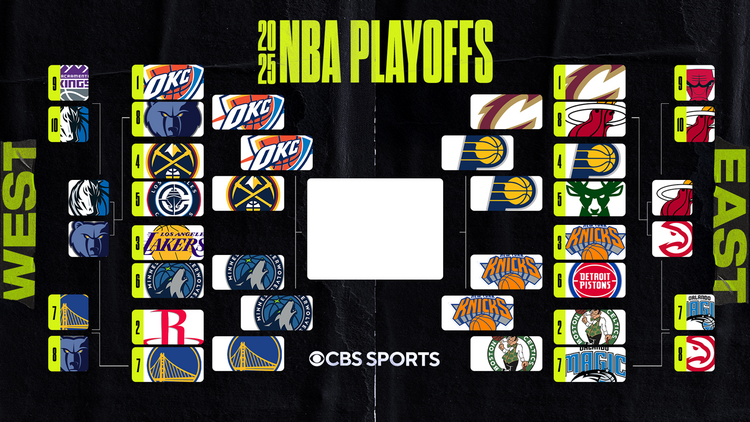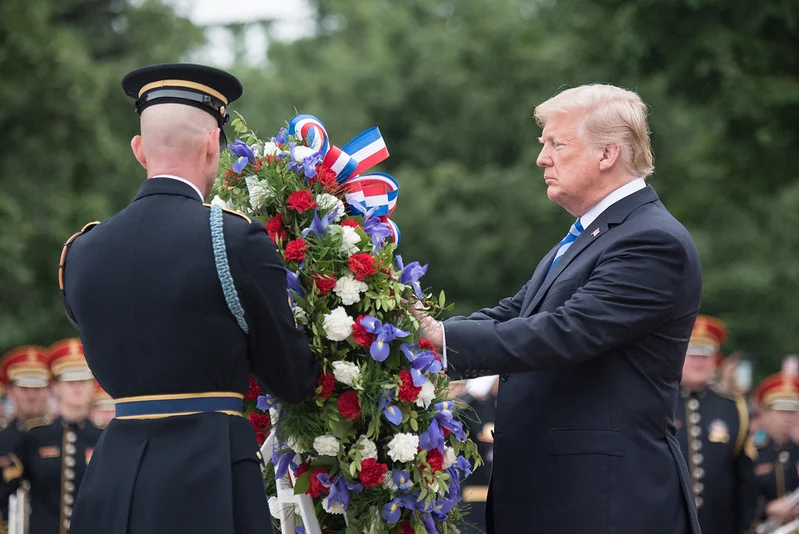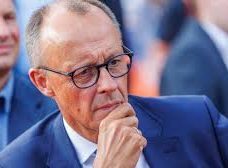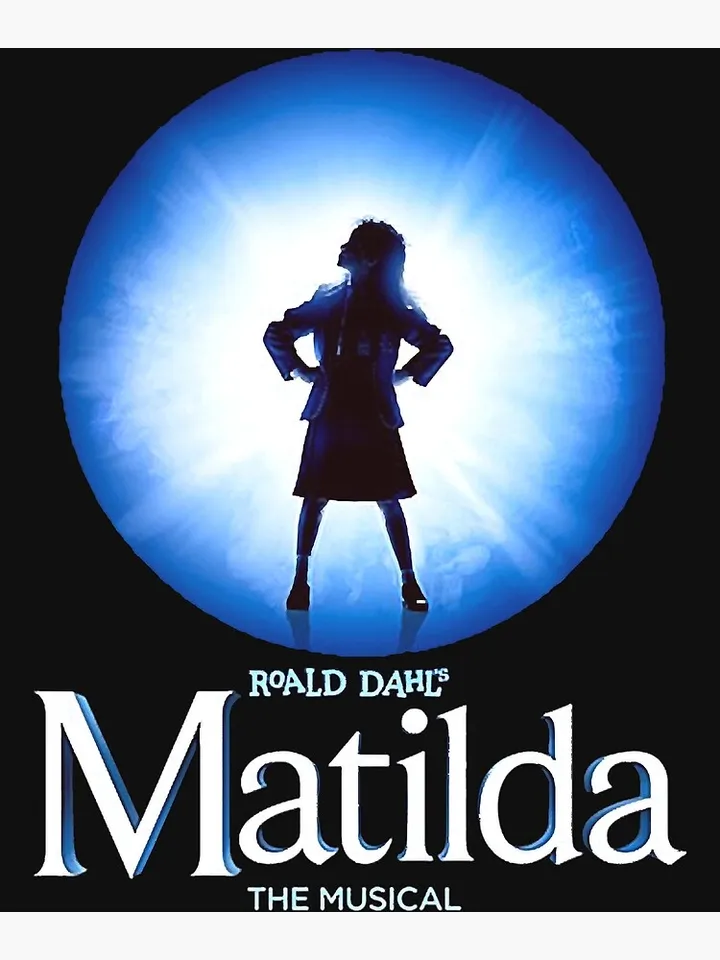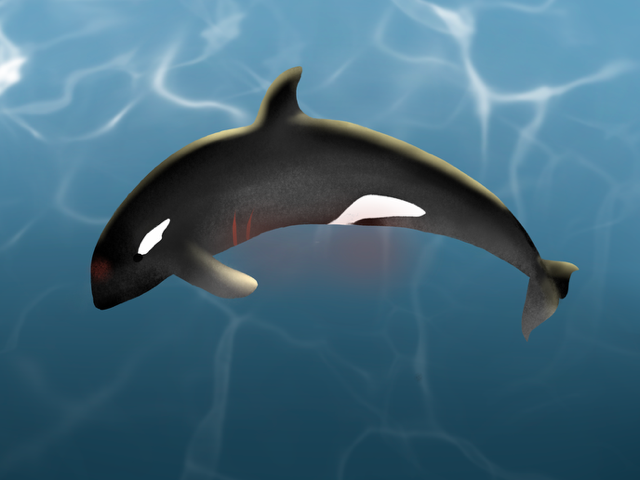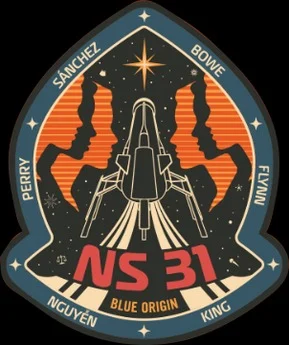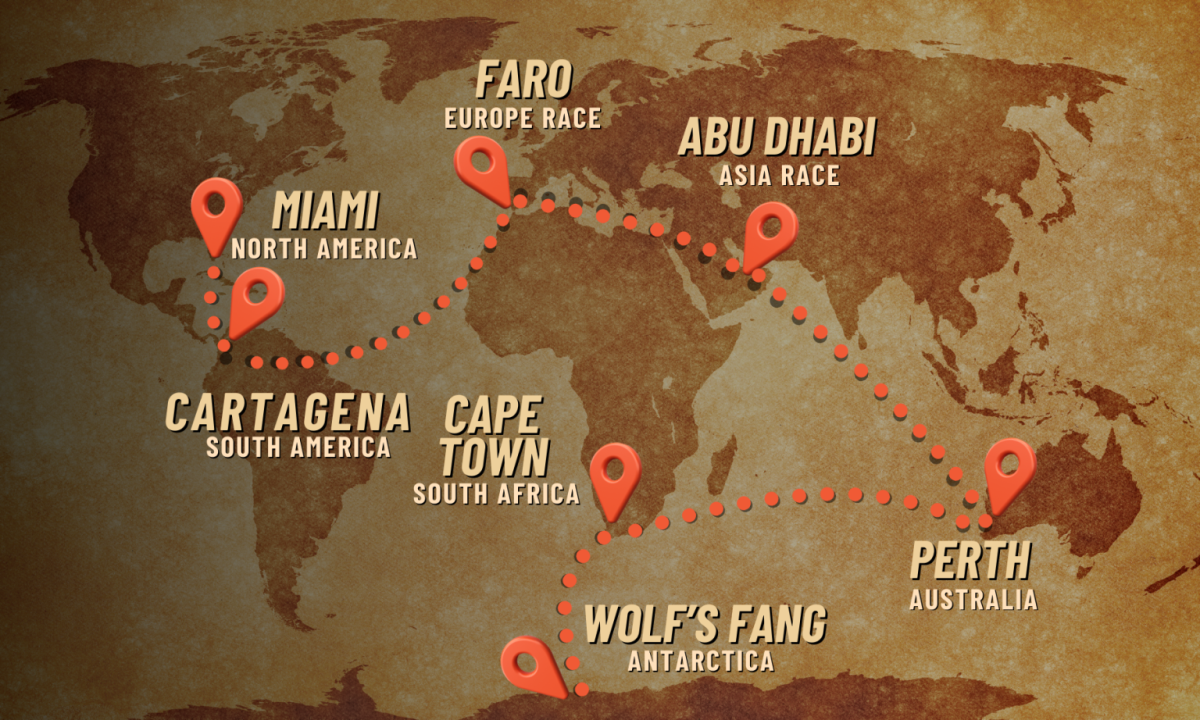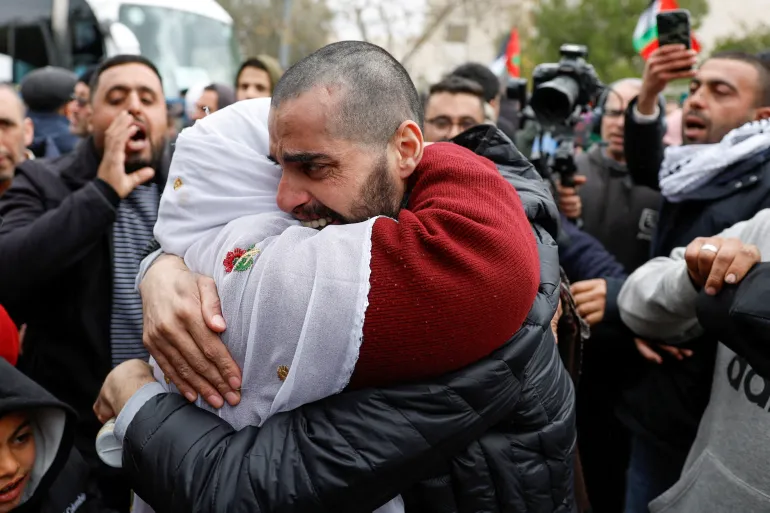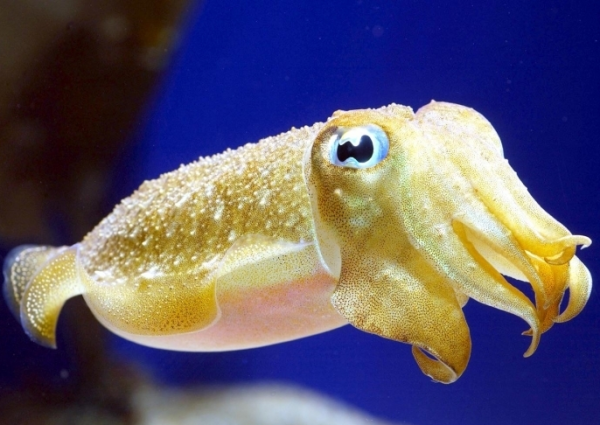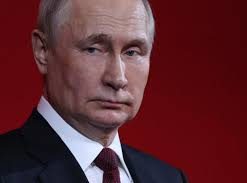
Shattering the Status Quo
The twenty-fourth of February would prove to be a day that the residents of Donbas would never forget. A region on the easternmost edge of the country of Ukraine, bordering Russia; these two countries had, from 1922 to 1991, both belonged to the mighty Soviet Union. Bound together in the strongest terms, not only politically but ideologically as well. So it might come at a shock to know that on this cold winter day, the full might of the Russian army was steamrolling into Donbas with nothing but domination on their mind. President Biden announced with a heavy heart late that day that “The Russian military has begun a brutal assault on the people of Ukraine without provocation, without justification, without necessity.”
This mind-blowing escalation of growing tensions in the region earned widespread condemnation from the global community. Biden went on to assure the citizens of the US, “this aggression cannot go unanswered. If it did, the consequences for America would be much worse. America stands up to bullies. We stand up for freedom. This is who we are.” The world buzzed with indignation and fury. And then the war sort of… faded away. A land war in Europe subsided into the occasional news article about yet another ‘sanction’ or ‘limitation’. Why are we letting Russia’s actions slide?
A Brutal Rise to Power
It was never a secret that Russia was the driving force behind the Soviet Union. It was by far the largest republic within the Union, and the focus point of all the power. So when the Soviet Union dissolved in 1991, Russia experienced a dramatic fall from power. Moscow just wasn’t exerting the same amount of fear on the global stage as it did before. The people of Russia were disillusioned and jaded. Then, years later, in walks one Vladimir Putin.
Growing up a gung-ho Soviet and true Communist, Putin went straight into the KGB (the Russian intelligence service) after college. Afterwards, Putin came across a stroke of luck when the outgoing President Boris Yeltsin appointed him Prime Minister in Yeltsin’s last days in office. Putin immediately went to work. In the midst of a period of unrest in Moscow, he authorized an invasion of the breakaway Russian region of Chechnya. Here, Putin showed his true colors, exterminating thousands of civilians in his campaign. He showed in the Chechen invasion an utter lack of empathy and willingness to do whatever he deemed needed to be done to advance the interests of Mother Russia. Surprisingly, though, it worked. Putin’s eventual victory in Chechnya skyrocketed him to fame, winning great popularity among the people. It seemed at this point obvious who would be taking over after Yeltsin; Putin clinched the election at the dawn of the new millennium.
A Storm Brewing
Chechnya was only the beginning for Putin. With his rise to power, a wave of revitalized nationalism swept through Russia. There was almost a sense of nostalgia for the ‘good old days’ of the Soviet Union. Putin, of course, was more than willing to sate this desire. He started flexing some serious geopolitical muscles. While Russia may not have been able to match their former glory, they were still a contender on the world stage. In addition, they had access to one of the most coveted materials in the world: oil. Keep this in mind, it’ll be important later.
So all of the sudden, former Soviet republics in Eastern Europe, the Caucasus (a little strip of land between the Black and Caspian Seas), and Central Asia start feeling unwelcome pressure from their big neighbor. Pressure to stay away from the Western powers, to go back to the old days of communism. Putin made them fear retaliation for siding against their old buddy Russia. And so, the rift between Russia and the Western, capitalist United States began to widen once more. Though the US found no reason to get involved in Russia’s conflict in Chechnya (Chechnya is Islamist, which made the US not as inclined to jump to their defense), Putin was coming off as a little too power-hungry. A watchful eye was fixated on his actions.

Dress Rehearsals
Putin’s actions in Chechnya have often been seen as a precursor to his invasion of Ukraine. If there was any hope for that to be the extent of his conquests, it was dashed in 2008 when Russian troops again moved to the Caucasus. This time, they were not confined to their own borders; it was an annexation. Abkhazia and South Ossetia are two regions in the north of the country of Georgia, bordering Russia, that have long proclaimed independence. Russia moved military forces into these regions on the pretense of preserving their sovereignty, which is recognized by few UN members. This was as much a symbolic move as anything else; while there may have been scattered discontent among the residents, no resistance was mounted against the annexation. However, it showed the world how hell-bent Putin was on expanding his territory, and that he showed no hesitation in advancing his will.
The ease in which he steamrolled through these regions, with little to no response or retaliation from the rest of the world, could have given Putin the confidence to later take it to the big leagues: capturing Ukraine. The desire to take Ukraine showed itself early. In the spring of 2014, Russia seized the Crimean peninsula, a strategically important parcel of Ukrainian land jutting out into the Black Sea. At around the same time, the Luhansk and Donetsk regions of Ukraine declared their own independence, a move likely sponsored by Russian-backed agents in the area. This hit too close to home for many European powers, and sparked worldwide condemnation. But condemnation only goes so far, and Crimea remained in Russian hands. Troubles with Donetsk and Luhansk largely subsided for several years, until winter arrived in 2022. February rolled around, and with it, the Russian army. In they marched to those separatist regions to – you guessed it – preserve their sovereignty and keep the peace.
They didn’t stop. Tearing into Donbas, Russia initiated an unprovoked, all-out war with Ukraine. Things were about to get very, very bad.
Works Cited
Fitzgerald, Madeline, and Elliott Davis, Jr. “A Timeline of the Russia-Ukraine Conflict.” US News and World Report, 22 Feb. 2024, www.usnews.com/news/best-countries/slideshows/a-timeline-of-the-russia-ukraine-conflict?slide=11.
Kirby, Paul. “Vladimir Putin: From Russia’s KGB to a Long Presidency Defined by War in Ukraine.” BBC, 24 Sept. 2011, www.bbc.com/news/world-europe-15047823.
Omniatlas. “Europe 1991: Collapse of the Soviet Union.” Omniatlas, omniatlas.com/maps/europe/19911225/#google_vignette.
“Remarks by President Biden on Russia’s Unprovoked and Unjustified Attack on
Ukraine.” The White House, 24 Feb. 2022, www.whitehouse.gov/briefing-room/
speeches-remarks/2022/02/24/
remarks-by-president-biden-on-russias-unprovoked-and-unjustified-attack-on-ukrain
e/.
